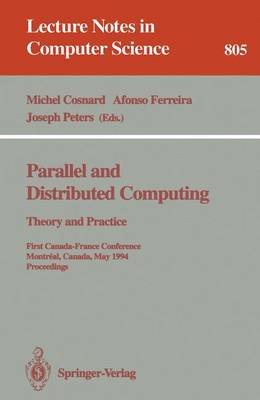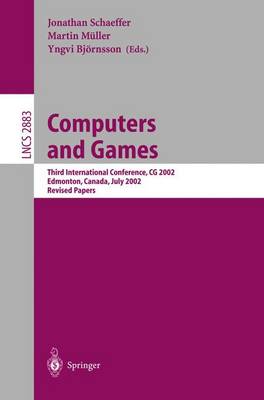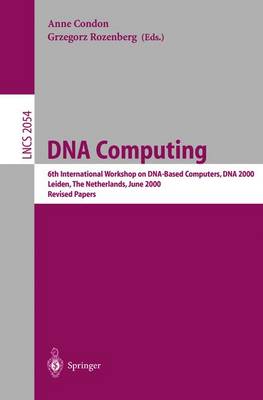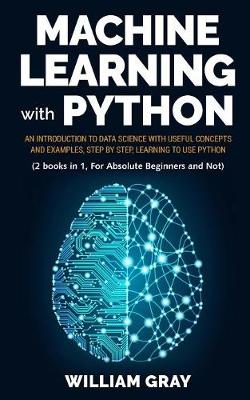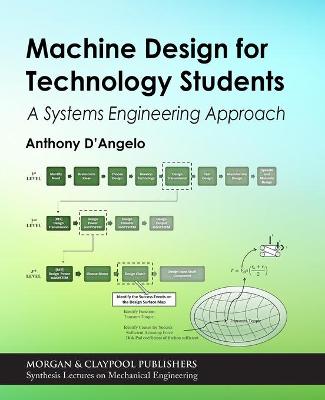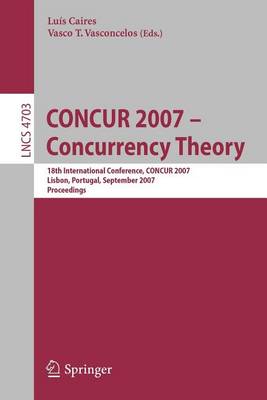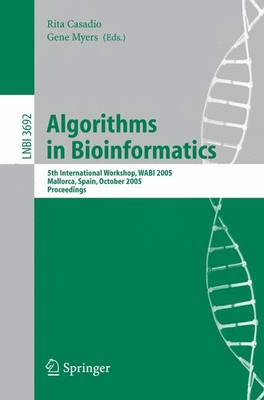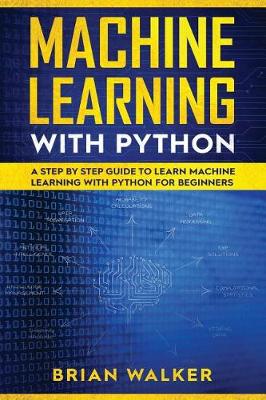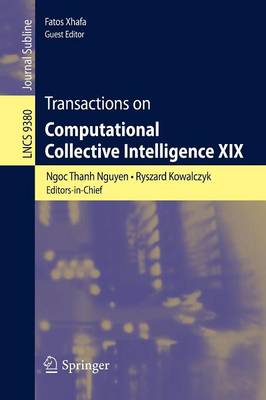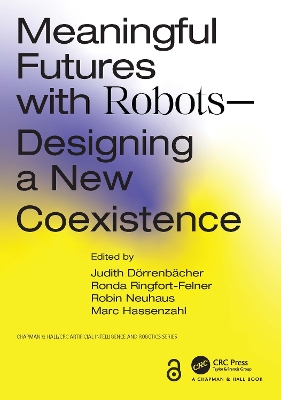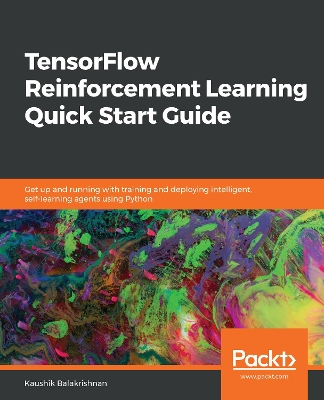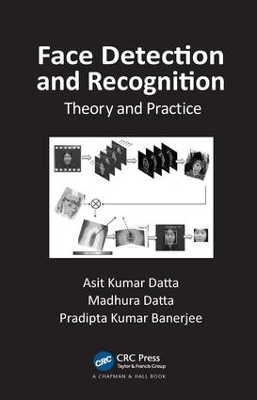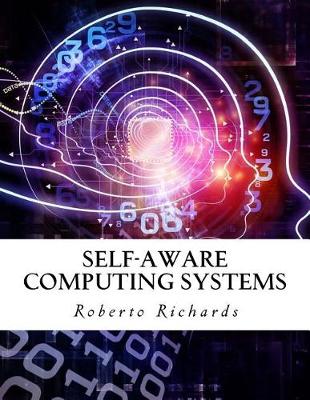Parallel and Distributed Computing (Lecture Notes in Computer Science, #805)
The papers in this volume were presented at the 6th International Meeting on DNA Based Computers, organized by the Leiden Center for Natural Computing and held from June 13 to June 17, 2000 at The Lorentz Center, University of Leiden, Leiden, The Netherlands. DNA Computing is a novel and fascinating development at the interface of computer science and molecular biology. It has emerged in recent years, not simply as an exciting technology for information processing, but also as a catalyst for kno...
This book is intended for students taking a Machine Design course leadimachig to a Mechanical Engineering Technology degree. It can be adapted to a Machine Design course for Mechanical Engineering students or used as a reference for adopting systems engineering into a design course. The book introduces the fundamentals of systems engineering, the concept of synthesis, and the basics of trade-off studies. It covers the use of a functional flow block diagram to transform design requirements into t...
Concur 2007 - Concurrency Theory (Theoretical Computer Science and General Issues, #4703)
This volume constitutes the refereed proceedings of the 17th International Conference on Concurrency Theory. Thirty full papers are presented along with three important invited papers. Each of these papers was carefully reviewed by the editors. Topics include model checking, process calculi, minimization and equivalence checking, types, semantics, probability, bisimulation and simulation, real time, and formal languages.
Algorithms in Bioinformatics (Lecture Notes in Computer Science, #3692) (Lecture Notes in Bioinformatics, #3692)
by Rita Casadio
We are pleased to present the proceedings of the 5th Workshop on Algorithms in Bioinformatics (WABI 2005) which took place in Mallorca, Spain, October 3-6, 2005. The WABI 2005 workshop was part of the ?ve ALGO 2005 conf- ence meetings, which, in addition to WABI, included ESA, WAOA, IWPEC, and ATMOS. WABI 2005 was sponsored by EATCS (the European Assoc- tion for Theoretical Computer Science), the ISCB (the International Society for Computational Biology), the Universitat Polit' ecnica de Catalun...
Constraint-Based Mining and Inductive Databases (Lecture Notes in Artificial Intelligence, #3848)
The interconnected ideas of inductive databases and constraint-based mining are appealing and have the potential to radically change the theory and practice of data mining and knowledge discovery. This book reports on the results of the European IST project "cInQ" (consortium on knowledge discovery by Inductive Queries) and its final workshop entitled Constraint-Based Mining and Inductive Databases organized in Hinterzarten, Germany in March 2004.
From Animals to Animats 10 (Lecture Notes in Computer Science, #5040) (Lecture Notes in Artificial Intelligence, #5040)
This book constitutes the refereed proceedings of the 10th International Conference on Simulation of Adaptive Behavior, SAB 2008, held in Osaka, Japan in July 2008. The 30 revised full papers and 21 revised poster papers presented were carefully reviewed and selected from 110 submissions. The papers are organized in topical sections on the animat approach to adaptive behaviour, evolution, navigation and internal world models, perception and control, learning and adaptation, cognition, emotion an...
Machine Learning with Python (Machine Learning with Python, #1)
by Brian Walker
These transactions publish research in computer-based methods of computational collective intelligence (CCI) and their applications in a wide range of fields such as the semantic Web, social networks, and multi-agent systems. TCCI strives to cover new methodological, theoretical and practical aspects of CCI understood as the form of intelligence that emerges from the collaboration and competition of many individuals (artificial and/or natural). The application of multiple computational intellige...
Meaningful Futures with Robots (Chapman & Hall/CRC Artificial Intelligence and Robotics)
Soon, robots will leave the factories and make their way into living rooms, supermarkets, and care facilities. They will cooperate with humans in everyday life, taking on more than just practical tasks. How should they communicate with us? Do they need eyes, a screen, or arms? Should they resemble humans? Or may they enrich social situations precisely because they act so differently from humans? Meaningful Futures with Robots: Designing a New Coexistence provides insight into the opportunities...
Behavior Trees in Robotics and AI (Chapman & Hall/CRC Artificial Intelligence and Robotics)
by Michele Colledanchise and Petter OEgren
Behavior Trees (BTs) provide a way to structure the behavior of an artificial agent such as a robot or a non-player character in a computer game. Traditional design methods, such as finite state machines, are known to produce brittle behaviors when complexity increases, making it very hard to add features without breaking existing functionality. BTs were created to address this very problem, and enables the creation of systems that are both modular and reactive. Behavior Trees in Robotics and AI...
Statistische Versuchsplanung (VDI-Buch) (VDI)
by Karl Siebertz, David Van Bebber, and Thomas Hochkirchen
Die statistische Versuchsplanung (Design of Experiment, DoE) ist ein Verfahren zur Analyse von (technischen) Systemen. Dieses Verfahren ist universell einsetzbar und eignet sich sowohl zur Produkt- als auch zur Prozessoptimierung. Planung und Durchfuhrung von systematischen Versuchsreihen, zur Optimierung von Produkten oder Fertigungsprozessen mit engem Praxisbezug, sind das Hauptanliegen. Simulationsmodelle koennen durch statistische Versuchsplanung ressourcensparend eingesetzt werden, und Erge...
From Brains to Systems (Advances in Experimental Medicine and Biology, #718)
Brain Inspired Cognitive Systems - BICS 2010 aims to bring together leading scientists and engineers who use analytic and synthetic methods both to understand the astonishing processing properties of biological systems and specifically of the brain, and to exploit such knowledge to advance engineering methods to build artificial systems with higher levels of cognitive competence. BICS is a meeting point of brain scientists and cognitive systems engineers where cross-domain ideas are fostered in...
TensorFlow Reinforcement Learning Quick Start Guide
by Kaushik Balakrishnan
Leverage the power of Tensorflow to Create powerful software agents that can self-learn to perform real-world tasksKey FeaturesExplore efficient Reinforcement Learning algorithms and code them using TensorFlow and PythonTrain Reinforcement Learning agents for problems, ranging from computer games to autonomous driving.Formulate and devise selective algorithms and techniques in your applications in no time.Book DescriptionAdvances in reinforcement learning algorithms have made it possible to use...
Handbook of Research on Industrial Informatics and Manufacturing Intelligence
Database Theory (Lecture Notes in Computer Science, #3363)
by Thomas Eiter and Leonid Libkin
This book constitutes the refereed proceedings of the 10th International Conference on Database Theory, ICDT 2005, held in Edinburgh, UK in January 2005.The 24 revised full papers presented together with 3 invited articles were carefully reviewed and selected from 84 submissions. The papers are organized in topical sections on query languages and types, multi-dimensional data processing, algorithmic aspects, privacy and security, logic and databases, query rewriting, and query processing and dat...
Computer vision and object recognition are two technological methods that are frequently used in various professional disciplines. In order to maintain high levels of quality and accuracy of services in these sectors, continuous enhancements and improvements are needed. The implementation of artificial intelligence and machine learning has assisted in the development of digital imaging, yet proper research on the applications of these advancing technologies is lacking. Applications of Advanced...
Face Detection and Recognition
by Asit Kumar Datta, Madhura Datta, and Pradipta Kumar Banerjee
Face detection and recognition are the nonintrusive biometrics of choice in many security applications. Examples of their use include border control, driver's license issuance, law enforcement investigations, and physical access control.Face Detection and Recognition: Theory and Practice elaborates on and explains the theory and practice of face de
